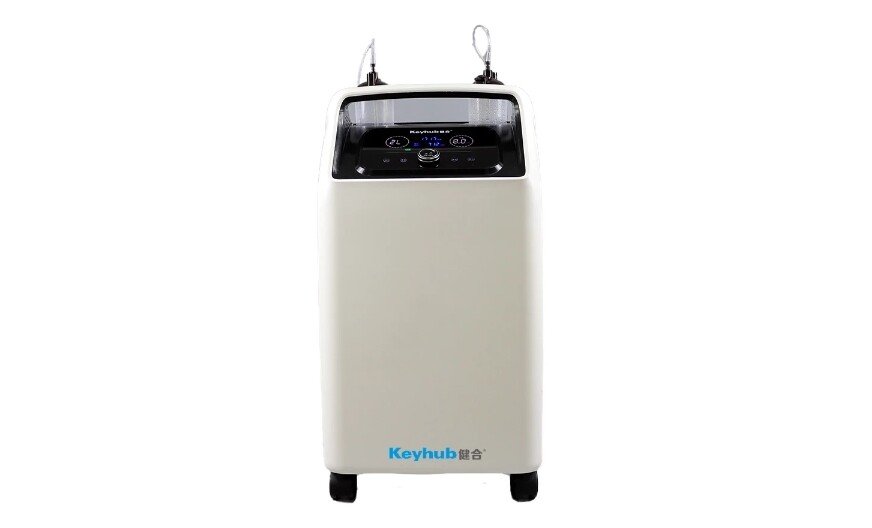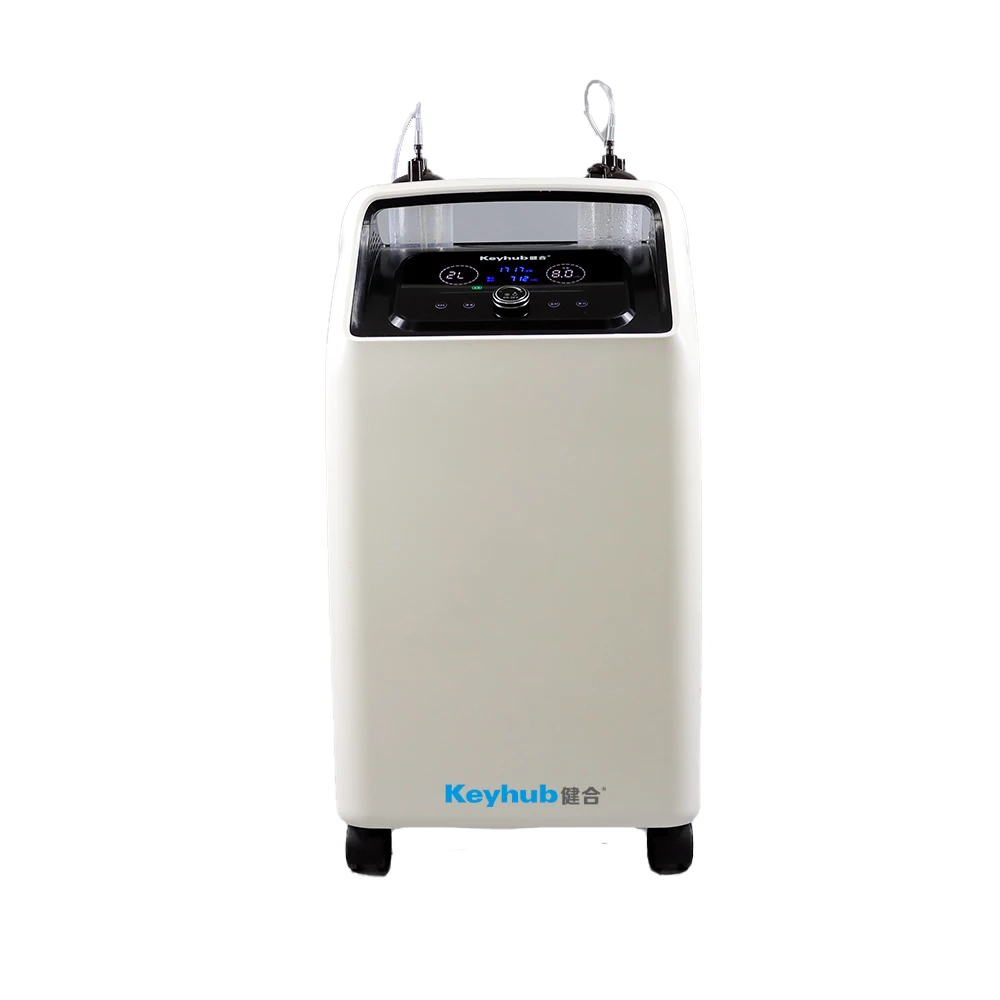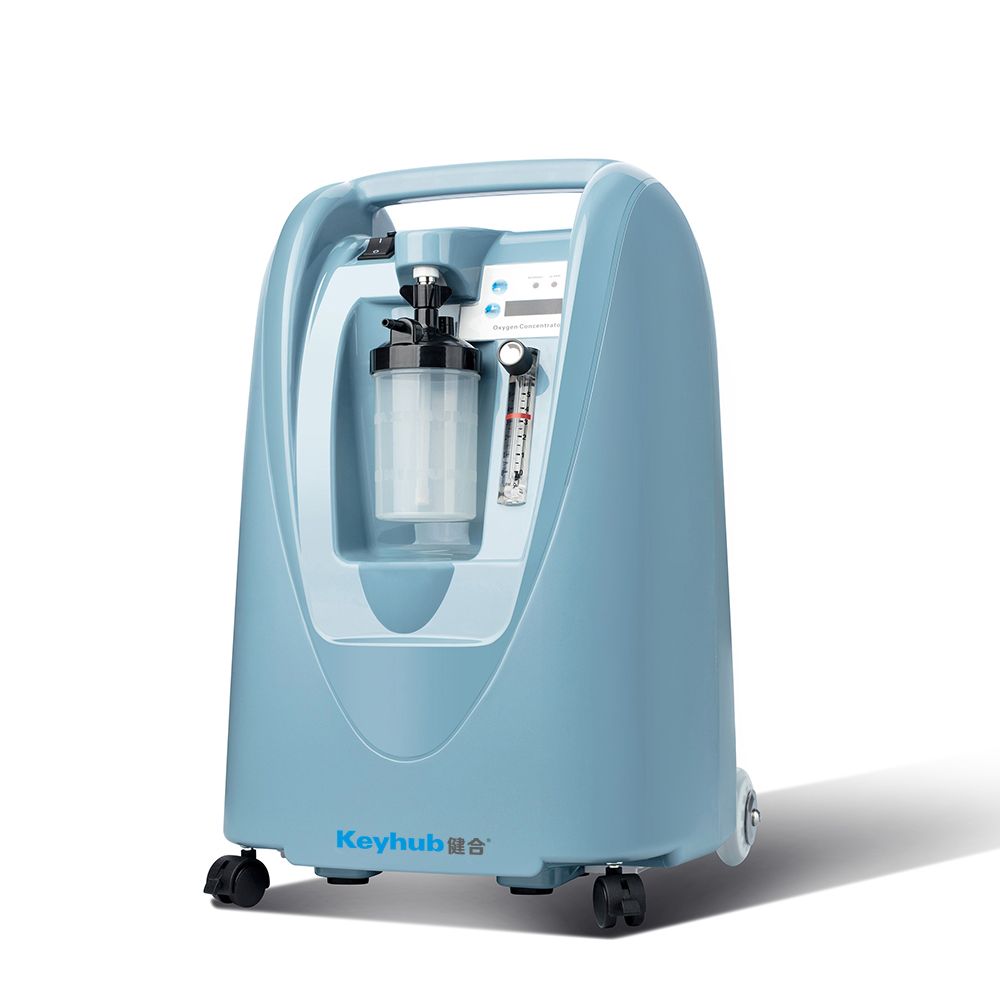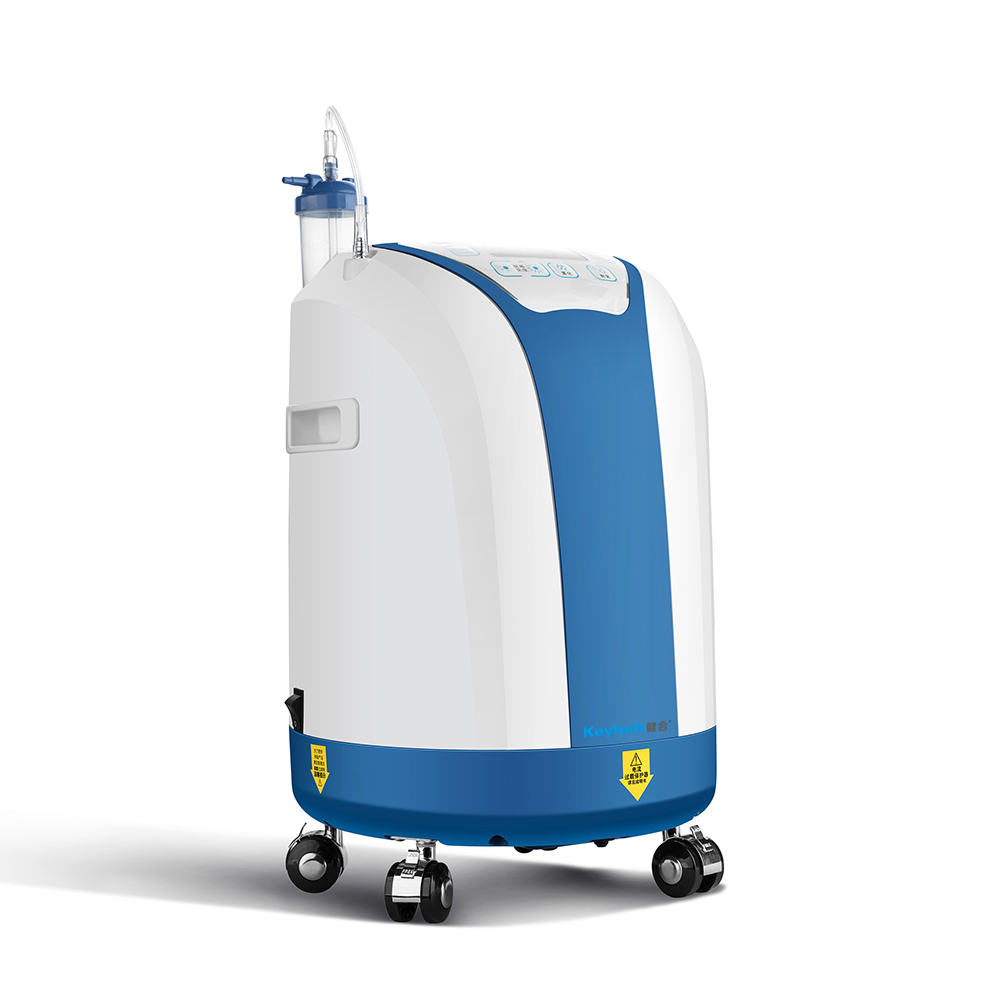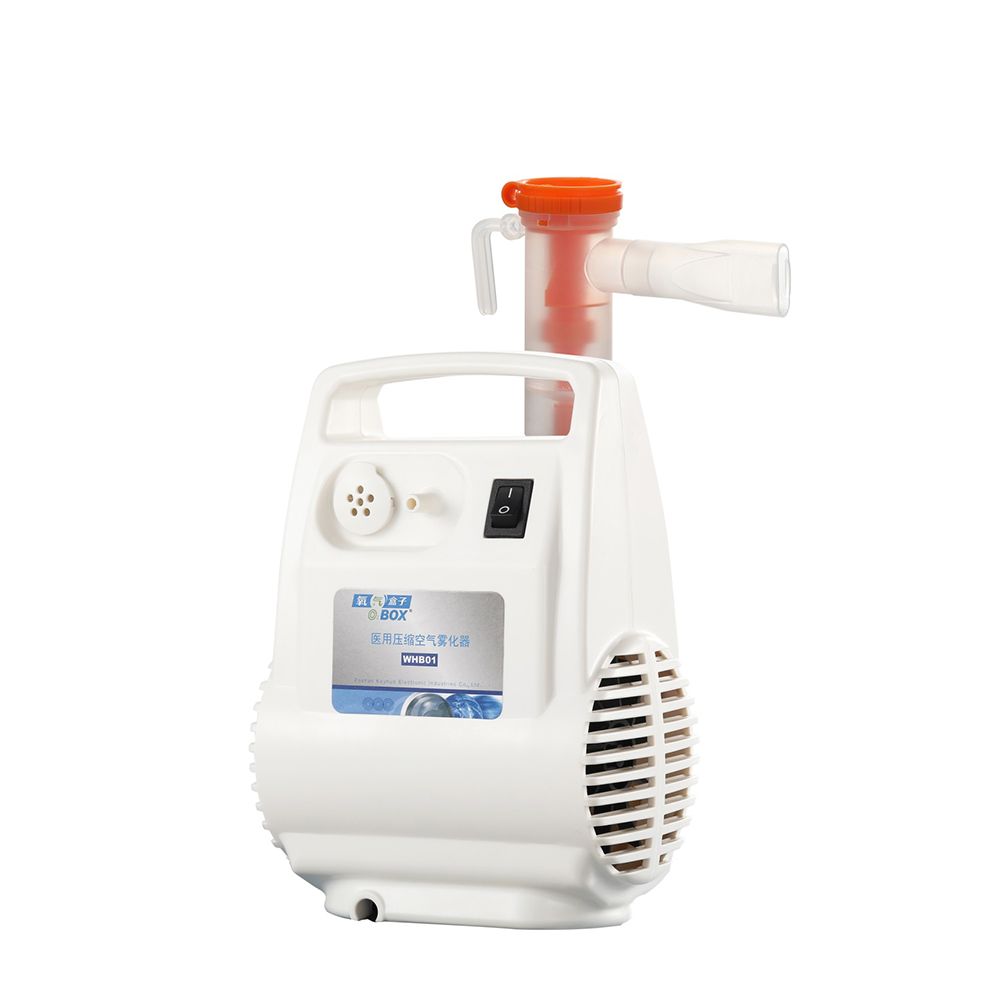Medical/home care oxygen concentrators are one of the most common devices used to deliver supplemental oxygen to patients. For people with respiratory illnesses, oxygen therapy can be an essential part of their daily routine.
What is a Medical/Home Care Oxygen Concentrator?
A medical/home care oxygen concentrator is a device that takes in air from the surrounding environment, filters it, and delivers concentrated oxygen to the user through a mask or nasal cannula.
Unlike oxygen tanks, which need to be refilled, an oxygen concentrator uses a compressor and sieve bed to extract oxygen from the air.
How Does It Work?
The process of extracting oxygen from the air involves several steps. First, ambient air is drawn into the concentrator through an inlet filter. The air then passes through a compressor that increases the air pressure before it enters the sieve bed.
The sieve bed contains a material called zeolite, which selectively adsorbs nitrogen from the air while allowing oxygen to pass through. The compressed air is forced through one sieve bed while the other is depressurized, allowing nitrogen to be released back into the atmosphere. The cycle then repeats itself, with the compressed air alternating between the two sieve beds.
As the oxygen is extracted, it is channeled through a flow meter and delivered to the patient through a nasal cannula or mask. The oxygen flow rate can be adjusted to meet the patient's specific needs, typically ranging from 1 to 10 liters per minute.
Top Care Oxygen Concentrator - Oxygen Concentrator INT-10L-D
| Flow Rate | 0.5-10LPM |
| Voltage | 100-100V 60Hz/220-230V 50Hz |
| Purity | 93% (±3%) |
| Outlet Pressure | 0.04-0.06MPA |
| Sound Level | ≤45db(A) |
| Power Consumption | ≤550W |
| Net Weight | 25kgs |
| Size | 368(L) X 346 (W) X 695 (H) mm |
| Oxygen Outlet | 2 |
| Functions | 1.Timer and running time calculation |
| 2.Low purity alarm for when the oxygen concentration below 82% | |
| 3.Voice prompt function | |
| 4.Alarms for high temperature;Power failure, and Gas blockage. | |
| 5.Protection for over-heat and over-load | |
| 6.Alert to replace the filter | |
| 7.Medical nebulization function by output rich oxygen |
Benefits of Using a Medical/Home Care Oxygen Concentrator
There are several benefits to using a medical/home care oxygen concentrator.
First, they are more convenient than oxygen tanks, as they do not need to be refilled or replaced.
Second, they are less expensive in the long run, as they do not require regular refills or delivery charges.
Third, they are safer than oxygen tanks, as they do not contain highly pressurized oxygen which can be a fire hazard.
Furthermore, oxygen concentrators can improve a patient's quality of life by providing them with increased mobility and independence. They allow patients to move around their homes more freely and engage in activities they enjoy without the need to carry heavy oxygen tanks with them.
Conclusion
In summary, medical/home care oxygen concentrators are an effective and convenient way to deliver supplemental oxygen to patients with respiratory illnesses. By using a compressor and sieve bed to extract oxygen from the air, they offer several benefits over traditional oxygen delivery systems.
With the ability to adjust the flow rate of oxygen and deliver it directly to the patient, medical/home care oxygen concentrators offer a reliable and cost-effective option for those who need supplemental oxygen therapy.


